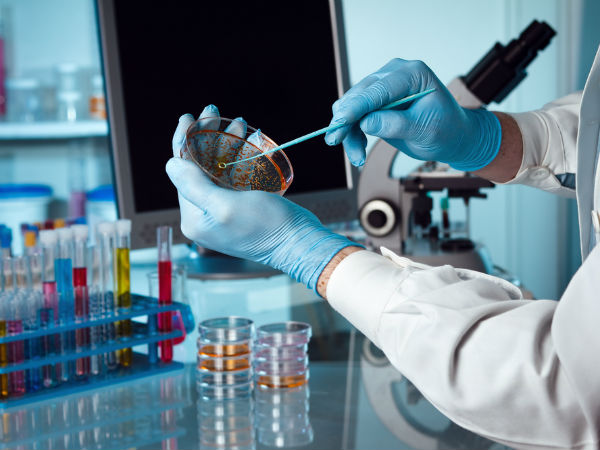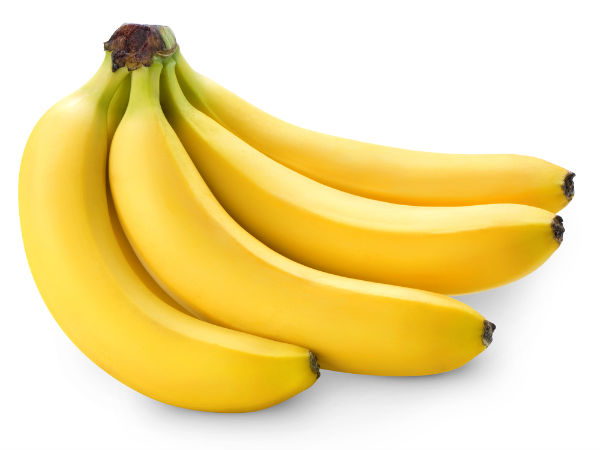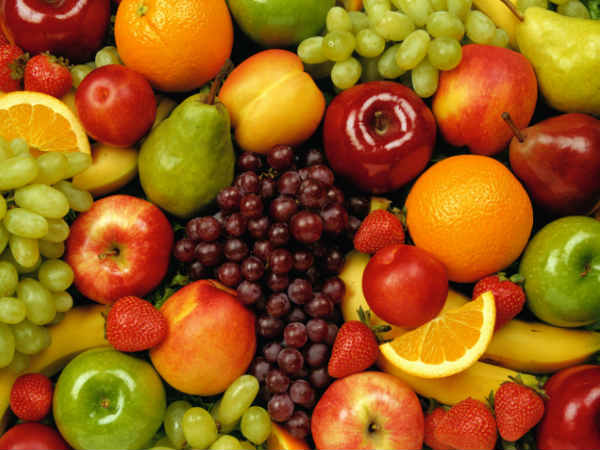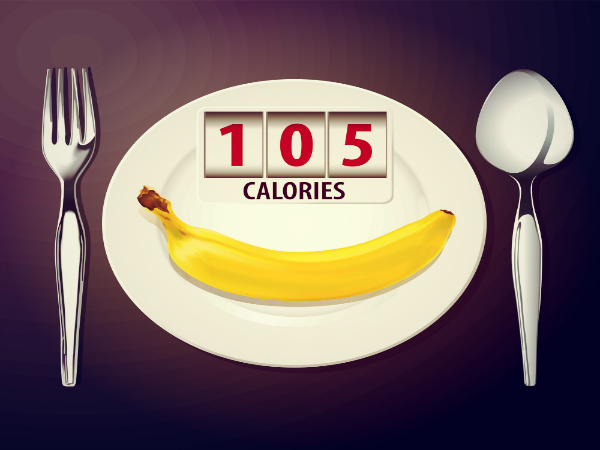இந்த அதிவேக வாழ்வியல் முறை நமது ஆரோக்கியத்தையும், வாழ்நாளையும் கூட மிக விரைவாக குறைத்து விடுகிறது. கோவம், மன அழுத்தம், பொழுதுபோக்கு, வேலை, ஓய்வே என்று எதுவாக இருந்தாலும் அது கணினியை சார்ந்தே இருப்பது என்ற வாழ்வியல் முறை.இவை எல்லாமும் ஒரு பக்கம் இரத்த கொதிப்பு அதிகரிக்க வாய்ப்புகளாக அமைகிறது என்று இருப்பினும், சரியான ஊட்டச்சத்து எடுத்துக்கொள்வது இல்லை என்பது தான் முதன்மை காரணியாக இருக்கின்றது.
சமீபத்தில் ஒரு ஆராய்ச்சியின் முடிவில் பொட்டாசியம் சத்தின் குறைபாடு தான் இளைஞர்கள் மத்தியில் இரத்தக் கொதிப்பு அதிகரிக்க காரணமாக இருக்கிறது என்று கண்டறியப்பட்டுள்ளது…..

போஸ்டன் பல்கலைக்கழகத்தின் ஆராய்ச்சி
போஸ்டன் மருத்துவ பல்கலைக்கழகத்தில் (Boston University School of Medicine) நடத்தப்பட்ட ஆராய்ச்சியின் முடிவில், உப்பின் மிகுதியை விட, பொட்டாசியம் சத்தின் குறைப்பாட்டினால் தான் இன்றைய இளைஞர்களின் மத்தியில் இரத்தக் கொதிப்பு ஏற்பட காரணமாக இருப்பதாக கண்டறியப்பட்டுள்ளது.

பத்தாண்டு கால ஆராய்ச்சி
இந்த ஆராய்ச்சியில் 9-10 வயதுடைய 2,185 குழந்தைகள் பங்குபெற்று இருந்தனர். கடந்த பத்து ஆண்டுகளாக இந்த ஆராய்ச்சி மேற்கொள்ளப்பட்டு முடிவுகள் வெளியிடப்பட்டுள்ளன. சரியா குழந்தை பருவம் முதல் இளமை பருவம் வரையில் இவர்களது உணவுப் பழக்கத்தை வைத்து ஆராய்ச்சி செய்யப்பட்டுள்ளது என்பது குறிப்பிடத்தக்கது.

பொட்டாசியம்
சத்து இந்த ஆராய்ச்சியில், உணவு முறையில் அதிகமாக பொட்டாசியம் சத்து சேர்த்துக் கொண்டவர்களுக்கு இரத்தக் கொதிப்பு ஏற்படும் சதவீதம் குறைவாக இருக்கிறது என்று கூறப்பட்டுள்ளது.
உப்பின் அளவு…
பொதுவாக உணவில் அதிகம் உப்பு சேர்த்துக் கொள்வதனால் இரத்தக் கொதிப்பு அதிகமாகிறது என்று கூறப்படும். ஆனால், இந்த ஆராய்ச்சியில், உப்பின் மிகுதியை விட, பொட்டாசியம் சத்தின் குறைபாடு தான் இரத்தக் கொதிப்பை ஏற்படுத்துகிறது என்று ஆராய்ச்சியாளர்கள் கூறியிருக்கின்றனர்.

ஊட்டச்சத்து
விழிப்புணர்வு முன்பு போல, இப்போதைய சந்ததியினருக்கு ஊட்டச்சத்து சார்ந்த விழிப்புணர்வு இல்லை. வெறும் உணவின் பெயர்களை பார்த்தும், ருசியை பார்த்தும் தான் சாப்பிடுகின்றனரே தவிர, அந்த உணவில் என்ன சத்து இருக்கின்றது, அன்றாடம் என்னென்ன சத்தெல்லாம் உடலுக்கு தேவைப்படுகிறது என்ற அவர்கள் அறிந்து வைத்திருப்பது இல்லை.

கலோரிகள்
முன்பு உடல் சார்ந்த வேலைகள் அதிகமாக இருந்ததால் கிலோ கணக்கில் அளவு வைத்து சாப்பிட்டு வந்தோம். ஆனால், இன்று பெரும்பாலும் அனைத்து வேலைகளும் உடல் வேலைகள் மிகவும் குறைந்தே இருக்கின்றது. எனவே, கிலோ கணக்கில் சாப்பிடுவதை தவிர்த்து கலோரிகள் கணக்கில் சாப்பிடுவது தான் இன்றைய வாழ்வியல் முறைக்கு சரியாக இருக்கும் என கூறப்படுகிறது.
———————–
Potassium, Salt may matter for BP in teens
A new study has shown that sodium had no adverse effect, but potassium improved blood pressure in teen girls.
Eating 3,000 mg per day of salt or more appears to have no adverse effect on blood pressure in adolescent girls, while those girls who consumed 2,400 mg per day or more of potassium had lower blood pressure at the end of adolescence.
The scientific community has historically believed most people in the United States consume too much salt in their diets. The current Dietary Guidelines for Americans recommends limiting sodium intake to less than 2,300 mg per day for healthy individuals between the ages of 2 and 50. The relationship between dietary sodium and blood pressure in children and adolescents is largely unexamined in prospective studies, according to the study background.
Lynn L. Moore of the Boston University School of Medicine and coauthors found no evidence that higher sodium intakes had an adverse effect on adolescent blood pressure. Some analysis showed that those girls consuming 3,500 mg per day or more of salt had generally lower diastolic blood pressures than girls who consumed less than 2,500 mg per day. Food consumption was based on self reports and blood pressure was measured annually.
Overall, girls in the highest category of potassium intake (2,400 mg per day or more) had lower late-adolescent systolic and diastolic blood pressure than those girls who consumed less potassium, the results show.
Girls who consumed the most sodium and potassium consumed the most calories too, along with the most dairy, fruits, vegetables and fiber, according to the results.
The study concludes that this study emphasizes the need to develop methods for estimating salt sensitivity to be used in future studies of high-risk populations and points to the potential health risks associated with the existing low dietary potassium intakes among U.S. children and adolescents.
